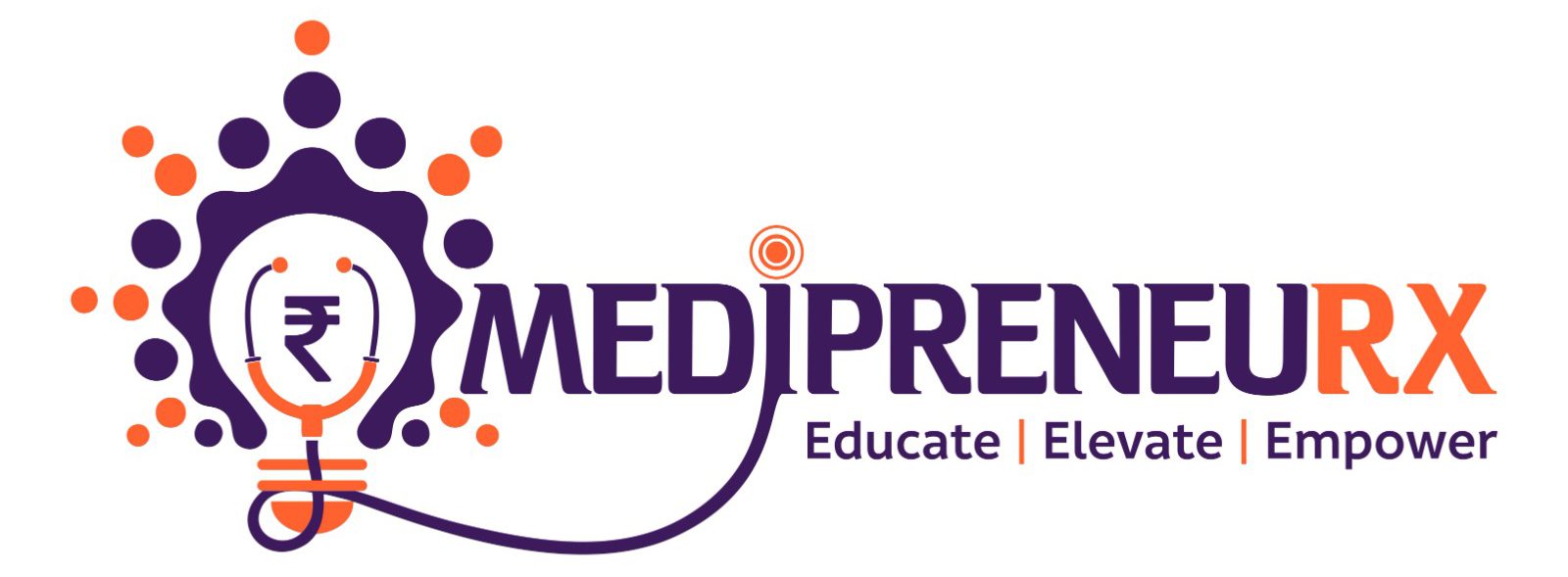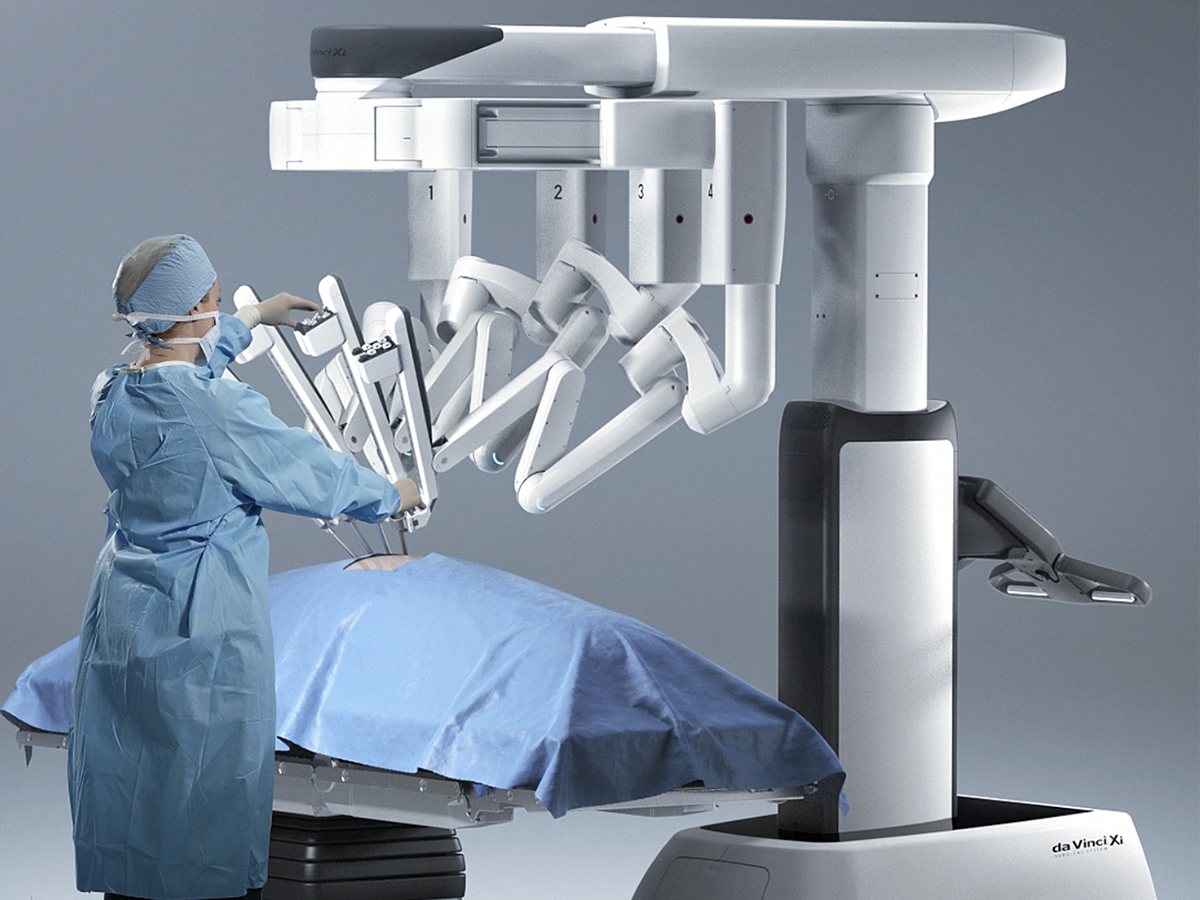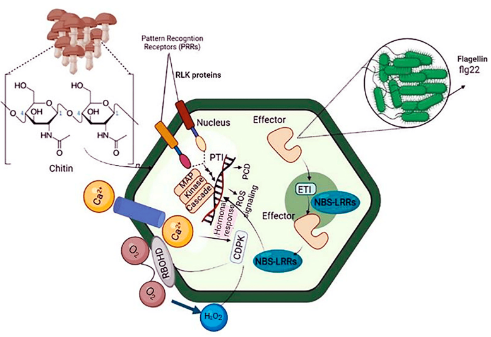Healthcare cybersecurity is a dynamic field where threats are always changing and getting more cunning and complex. Healthcare institutions cannot afford to rely on outdated technologies to identify and stop these threats, as stated by Lumu CEO Ricardo Villadiego. The recent events involving Ascension and Change Healthcare are a sobering reminder of the weaknesses in the healthcare industry.
One of the major challenges facing healthcare organizations is the cybersecurity learning curve. This curve remains steep, even for organizations that are actively investing in cybersecurity measures. The rapid advancement of persistent threat attack vectors has rendered many endpoint detection and response (EDR) systems vulnerable to evasion techniques. These techniques allow threat actors to launch successful attacks without raising suspicions, as logs do not necessarily trigger alerts for these attempts.
Moreover, certain code injection techniques, such as executing malicious code in a legitimate process, make it harder for security products to detect intrusions. Legacy threat detection technologies often fail to block such executions, leaving organizations exposed to cyber threats.
In order to overcome these challenges and enhance cybersecurity preparedness, healthcare organizations need to address several key roadblocks. Blind spots remain a significant issue, with healthcare organizations relying on basic security measures that have proven to be ineffective. EDRs, firewalls, and email security tools are commonly used but have vulnerabilities that cybercriminals can exploit.
A major contributing factor to these blind spots is the growing number of devices connected to healthcare networks, including Internet of Things (IoT) devices that cannot have traditional protection software installed on them. This exacerbates the challenge of identifying and mitigating network threats.
Additionally, the talent shortage in cybersecurity is a pressing concern. The demand for Security Operations Center (SOC) analysts continues to rise, leading to higher salaries and demands for benefits. Healthcare organizations must contend with complex digital infrastructures and specialized medical IoT devices, which provide cybercriminals with numerous entry points and persistence opportunities.
To address these challenges and improve response times, healthcare organizations can leverage artificial intelligence (AI) tools. AI can help reduce blind spots by identifying network threats in real time and enabling autonomous responses. However, it’s crucial to view AI as a means to an end rather than a magic solution. Implementing AI effectively requires integrating it into processes that enhance cybersecurity capabilities and deliver efficient outcomes.
Furthermore, healthcare organizations must adopt a security strategy that goes beyond legacy technologies. They need technologies that actively monitor network threats and provide insights into when protection measures fail. Holding third-party vendors to the same cybersecurity standards is also essential, as it creates a united front against cyber threats and strengthens overall cybersecurity posture.
Healthcare organizations must navigate the cybersecurity learning curve by addressing blind spots, leveraging AI tools effectively, and adopting comprehensive security strategies. By taking proactive measures and collaborating with partners to enhance cybersecurity resilience, healthcare organizations can mitigate the risk of chain reaction cyberattacks and protect sensitive patient data.








